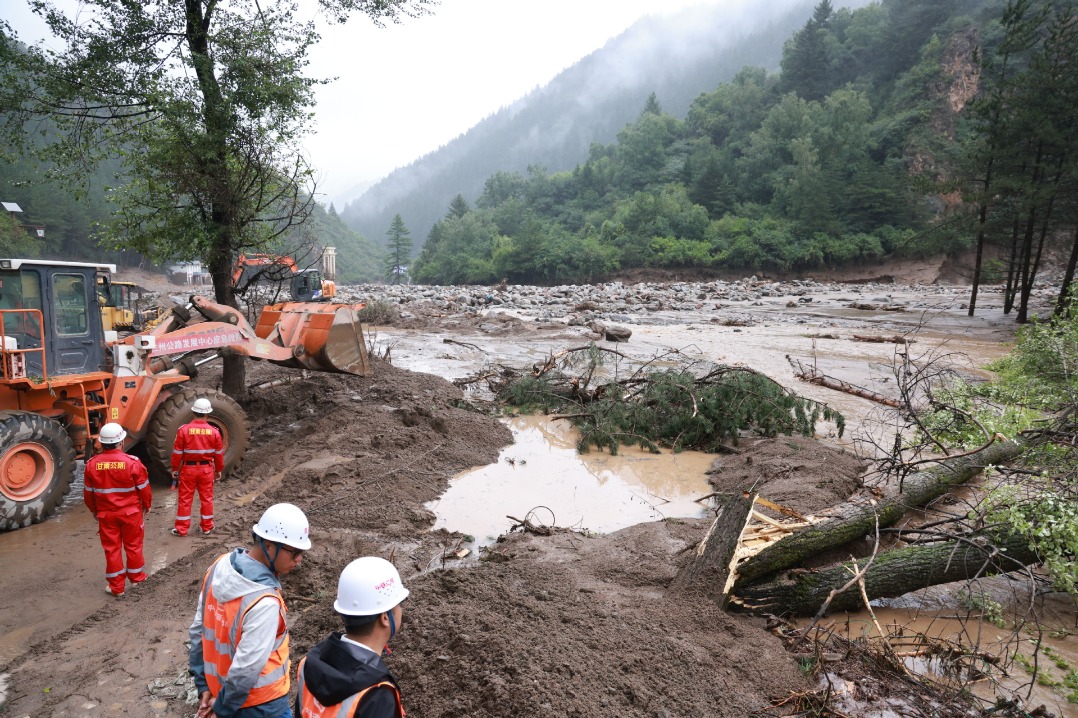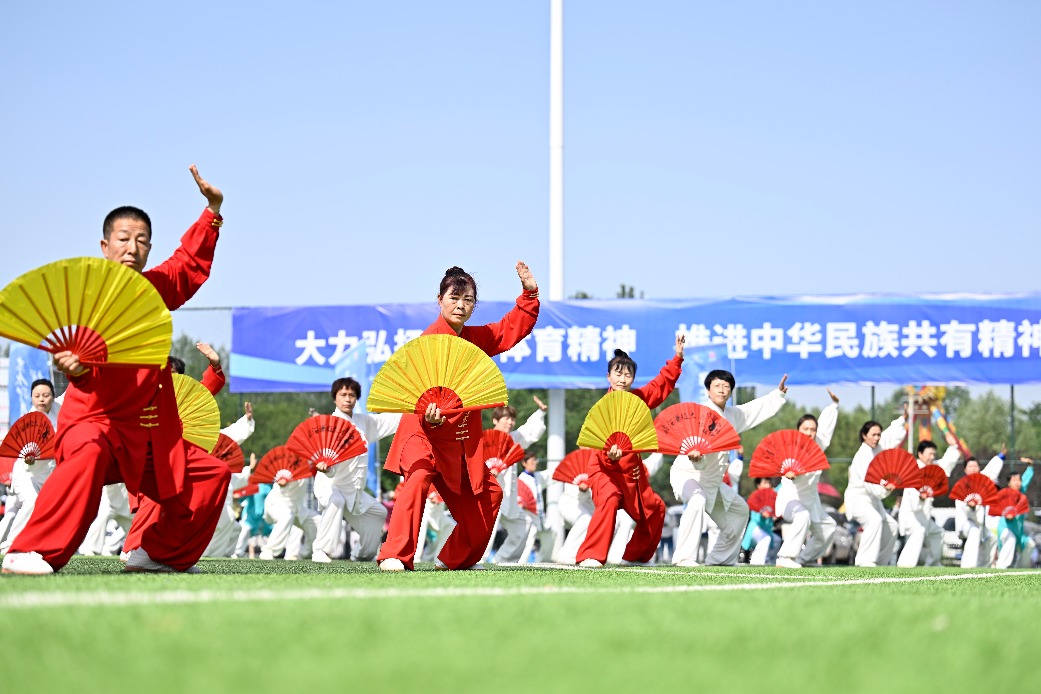Looking to China for end to power drought

Southern African nations hope Chinese investment will ease power, transport woes
With their industrialization dreams challenged by power shortages and transport woes, nations in southern Africa are looking for more Chinese investment in the region's major infrastructure projects.
"It is our strong desire in southern Africa not to miss out on Chinese investment opportunities presented by the Belt and Road Initiative," says Sasara George, ambassador of Botswana to China, who spoke at an investment seminar in Beijing on July 9.
"We hope Chinese companies will replicate technological miracles such as high-speed rail and the Three Gorges Dam in Africa to help address local challenges including power and water shortages," he says.
The seminar, hosted by the 15-member Southern African Development Community, introduced more than 20 regional infrastructure projects, mostly in water, energy and transportation, to more than 200 Chinese business representatives.
Keen to promote southern African integration, SADC adopted a 15-year blueprint in 2012 that guides the implementation of cross-border infrastructure projects till 2027. So far, priority infrastructure projects at a cost of about $500 billion have been identified in pillar industries, such as energy, transportation, cross-border water resources and tourism.
African nations' keenness to improve infrastructure has excited many Chinese investors, who have been concerned for years that inadequate power supply in southern Africa may jeopardize the operation of their ventures. The giant China General Nuclear Power Group is among the eager investors.

In 2012, CGN and the China-Africa Development Fund bought the world-class Husab Uranium Mine in western Namibia. The $4.5 billion investment, once completed next year, is expected to produce 6,500 tons of U308 a year, which would increase Namibia's exports by about 20 percent and its GDP by 5 percent.
"The construction and operation of the mine may require as much as 400,000 kilowatts of electricity supply. Power instability has been one of the risks that we pay close attention to," says Huang Lei, a project manager of CGN's Mineral Resources Management Department.
However, their worries have been pacified since the SADC representatives unveiled a series of planned energy projects in the region, among which the envisaged 800-megawatt Kudu power plant is expected to significantly alleviate the regional power drought.
Developed by NamPower, the national energy company of Namibia, the Kudu plant will not only significantly increase the country's power capacity, but also feed other regional power grids.
Remmy Makumbe, director for SADC's Infrastructure and Services Department, says once the Kudu gas power generation project starts functioning in 2018, it will supply power to the southern Africa power pool, not just to Namibia.
"Any company investing in southern Africa is able to draw power from the power pool," Makumbe says.
"The Kudu station will take three to four years (to reach capacity). In the meantime, power will be supplied from other countries that have a power surplus such as Zambia and Mozambique. Power can be shared through the pool among SADC countries, depending on the needs," he adds.
China is the largest trade partner and an important source of investment for SADC. China's total investment to Africa reached $30 billion last year, of which 40 percent flowed to the SADC region in sectors such as finance, telecommunications, energy and manufacturing.
On a visit to Africa last year, Chinese Premier Li Keqiang vowed to boost China's investment in Africa to $100 billion by 2020.
Han Meiqing, director of the Cooperation and Development Department of the China Chamber of International Commerce, says the SADC member states now aim at transforming the region from an exporter of raw materials to a manufacturer of industrial products, which will create enormous opportunities for Chinese investment.
"Apart from government guidance, our investment and trade promotion institutions, as well as various industry associations, should strengthen ties to build new platforms for communication" he says.
puzhendong@chinadaily.com.cn
(China Daily Africa Weekly 07/17/2015 page21)
Today's Top News
- Xi says China will continue to promote peace talks in Ukraine crisis
- Leaders of over 20 countries to attend SCO Tianjin Summit
- Xi urges all-out rescue efforts following mountain torrents in Gansu
- A Quixotic quest to reindustrialize US
- Grassroots sports events promoting nation's fitness goals
- Major test brings lunar mission closer to reality






























